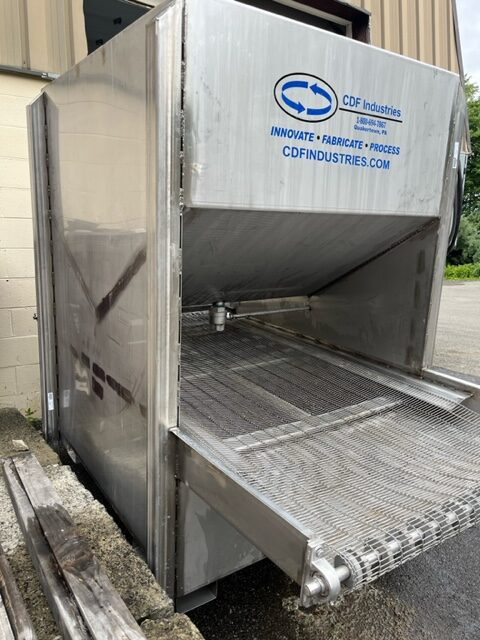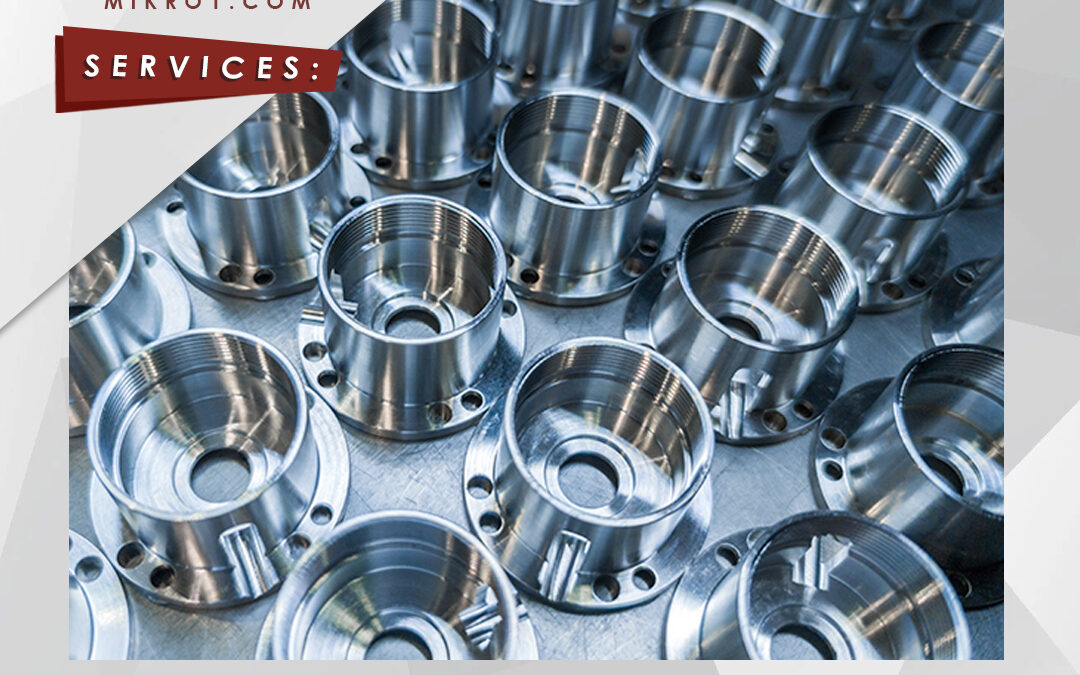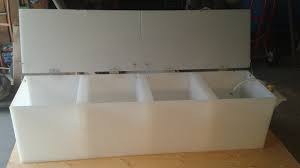
Benefits of Employing Flocculation in Vibratory Tumbling
July 5, 2023
Using a Vibratory Tumbler to Restore Spent Ammunition Shells
July 5, 2023Aqueous parts washers are commonly used in industrial settings to clean various types of parts and components. They are particularly effective at removing contaminants such as oils, greases, and cutting fluids from metal surfaces. Here’s how you can use an aqueous parts washer to remove cutting fluids:
- Preparation: Ensure that the aqueous parts washer is set up and filled with a suitable cleaning solution. The cleaning solution should be compatible with the parts being cleaned and effective at removing cutting fluids. Consult the manufacturer’s guidelines or speak with a technical expert to select the appropriate solution.
- Pre-cleaning: Before placing the parts in the washer, it’s a good practice to remove any excess debris or loose particles from the surfaces. This can be done by using compressed air, brushes, or other suitable methods. Removing loose debris beforehand helps to prevent clogging of the washer’s filters and ensures more efficient cleaning.
- Loading the parts: Carefully arrange the parts in the parts washer, ensuring that they are spaced out and not overcrowded. This allows the cleaning solution to flow freely around each part, improving the effectiveness of the cleaning process. For larger parts, you may need to clean them individually or in smaller batches to ensure thorough cleaning.
- Operating the parts washer: Follow the manufacturer’s instructions to operate the aqueous parts washer. Typically, you’ll need to activate the washing cycle, which involves agitating the cleaning solution and spraying it onto the parts. The washer may have different settings for cycle duration and intensity, so adjust these parameters based on the level of contamination and the material of the parts.
- Drying (optional): Some aqueous parts washers have a built-in drying feature, while others may require separate drying equipment. If drying is necessary, follow the recommended method and duration specified by the manufacturer. Ensure that the parts are completely dry before proceeding with any subsequent operations to prevent corrosion or other issues.
- Inspection: Once the cleaning and, if applicable, drying process is complete, inspect the parts for any remaining residue or contaminants. If necessary, you may need to repeat the cleaning process or use additional cleaning techniques for stubborn residues.
Remember to prioritize safety when working with aqueous parts washers. Follow all relevant safety guidelines, such as wearing appropriate personal protective equipment (PPE) and adhering to any electrical or chemical safety precautions outlined by the manufacturer.



